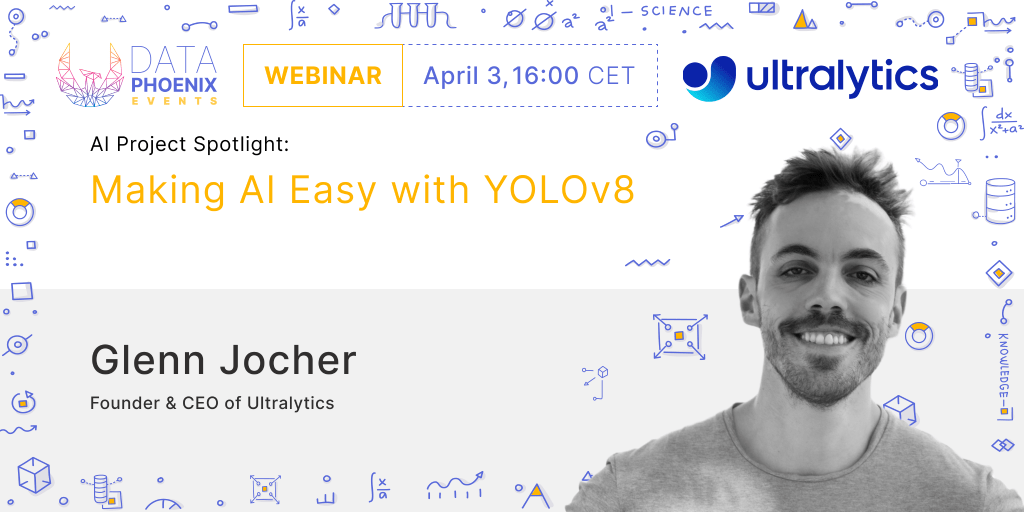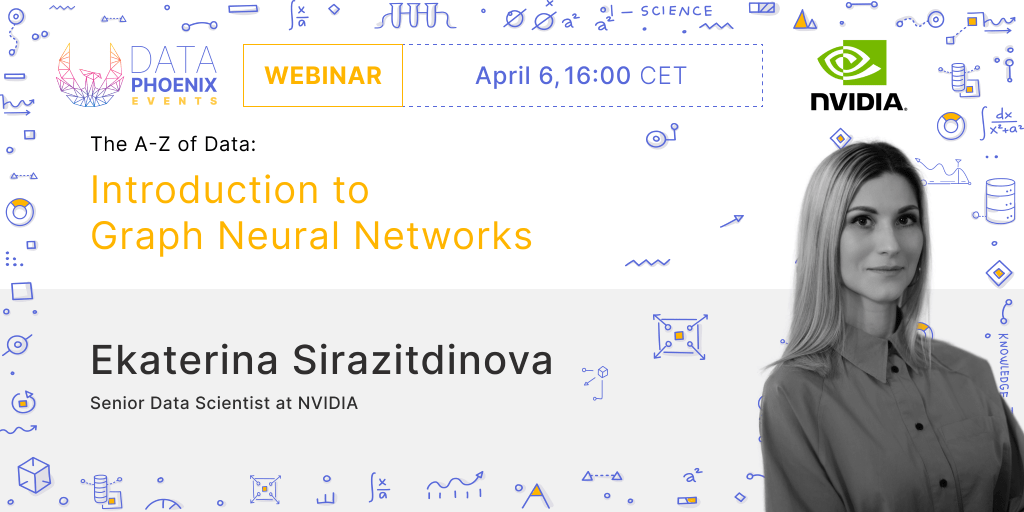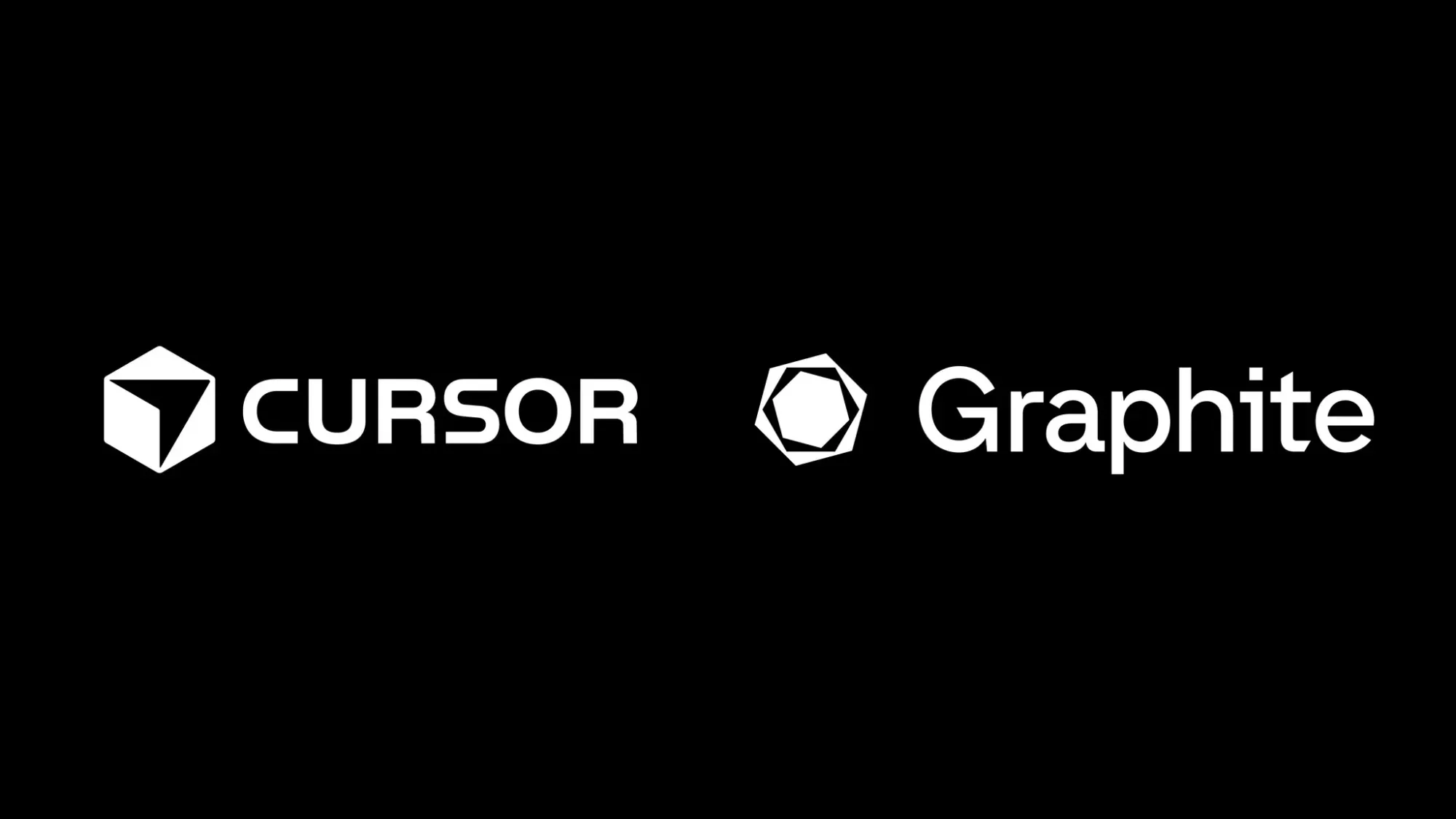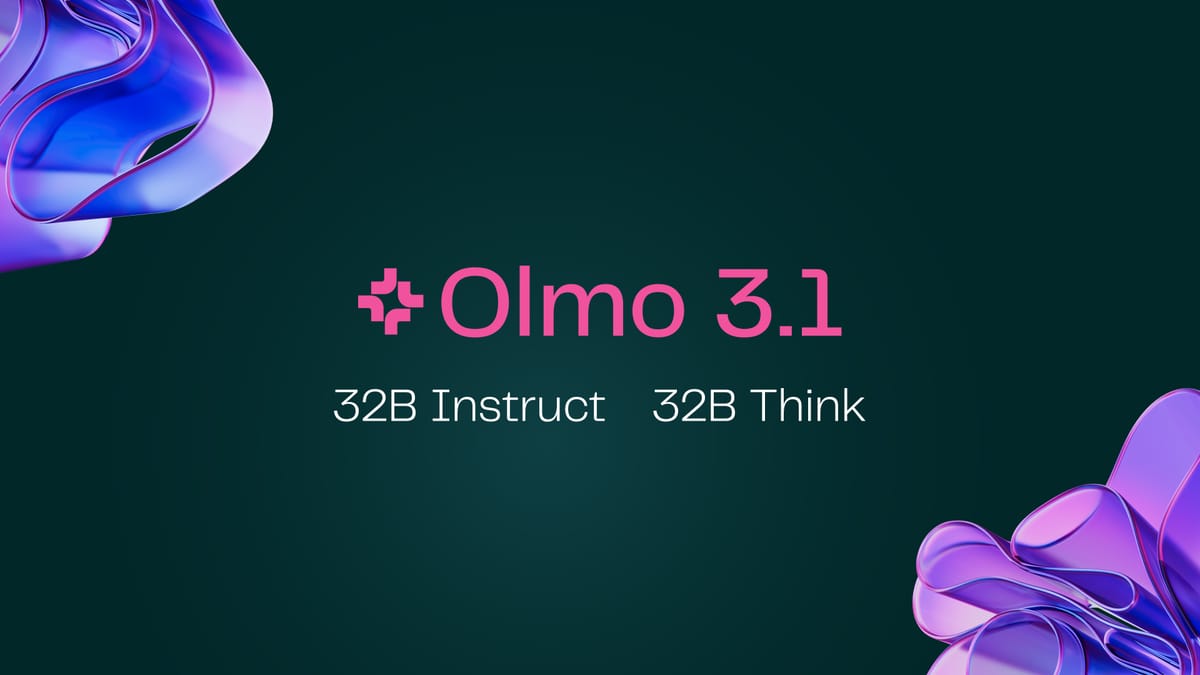The Data Phoenix team is pleased to announce and invite you to our new season of webinars — "The A-Z of Data" and "AI Project Spotlight" that is to kick off in April.
On the first webinar, we will discuss what Ultralytics YOLOv8 is, its architecture, and training process, as well as the ways of using the Ultralytics YOLOv8 in real-world scenarios.
On the second webinar, we will talk about GNNs and the types of problems that GNNs are well-suited for. We will also discuss several approaches for modeling unstructured problems as classification or regression at various levels and more.
Subscribe to our newsletter with a summary of the top research papers, articles, news, and future Data Phoenix community events, to keep track of trends and grow in the Data & AI world!

Webinar "Making AI Easy with YOLOv8"
- Date: April 3, 16.00 CET
- Speaker: Glenn Jocher, founder & CEO of Ultralytics
- Participation: free (but you’ll be required to register)
After two years of continuous research and development, we are thrilled to introduce Ultralytics YOLOv8. Building on the success of countless experiments and previous architectures, we've created models that are best in the world at what they do: real-time object detection, classification, and segmentation. Faster, more accurate, and simpler, YOLOv8 places the power of AI in the hands of everyone.

Webinar "Introduction to Graph Neural Networks"
- Date: April 6, 16.00 CET
- Speaker: Ekaterina Sirazitdinova, Senior Data Scientist at NVIDIA
- Participation: free (but you’ll be required to register)
Graph Neural Networks (GNNs) are AI models designed to derive insights from unstructured data described by graphs. For different segments and industries, GNNs find suitable applications such as molecular analysis, drug discovery, prediction of developments in stock market, thermodynamics analysis, and even modeling of human brain. Unlike conventional CNNs, GNNs address the challenge of working with data in irregular domains. In this talk, I will provide an introductory overview of the theory behind GNNs, take a closer look at the types of problems that GNNs are well suited for, and discuss several approaches to model unstructured problems as classification or regression at various levels.





Comments